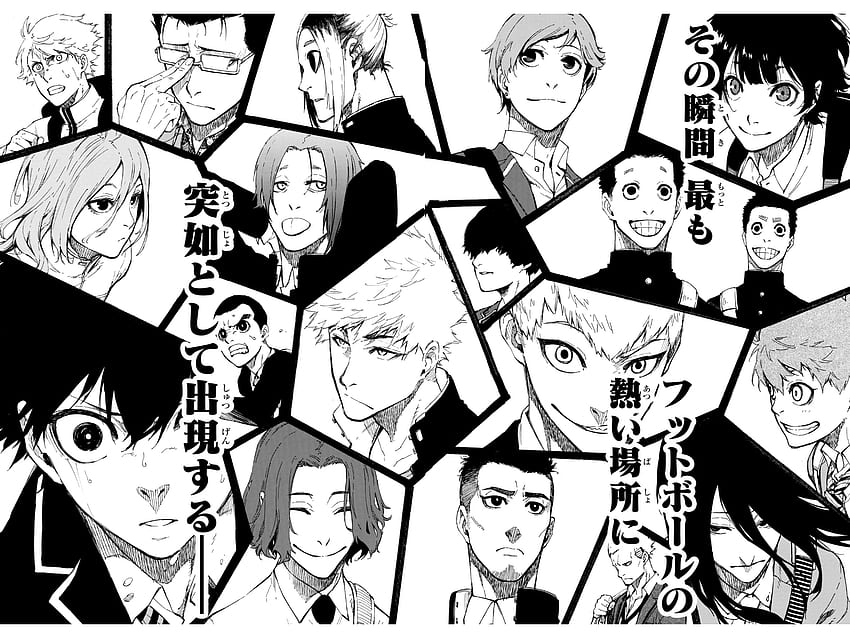Manga, the Japanese kind of comic books and visual novels, embodies a distinctive type of storytelling which has captivated people globally. Often eaten in language translation, the genuine essence of manga might be softened or shed entirely. However, in the initial form—raw and untranslated—manga provides viewers an unfiltered expertise that is as traditional as it is powerful.
Suffering from manga within its authentic language, Japanese, is to take part using the art work in the finest kind, where every single brushstroke and kanji figure is deliberate, conserving the creator’s vision. When manga is local, the fragile intricacies of cultural personal references, humor, and wordplay can be watered down. The uncooked scripts show subtleties that challenge non-local readers to improve beyond their linguistic ease and comfort zones, gleaning significance from your circumstance and the feelings portrayed inside the artwork.
The artistry in raw manga is just not merely a graphic go with to the narrative it’s a fundamental element of the storytelling. Each panel’s formula, character expressions, and the places in between the panels—the ma—speak amounts. Traditional manga keeps a unique Japanese cosmetic that honors the cultural lineage from the medium sized. It’s not only about studying from right to left it’s about understanding the tempo and flow of Japanese storytelling, a beat that could be cut off by translation and Westernization.
Besides conserving the narrative’s credibility, authentic type manga even offers a jewel trove of linguistic understanding. Language individuals immerse themselves in colloquialisms, slang, and conversational Japanese that college textbooks rarely include. This immersive practical experience not simply hones their language skills but in addition deepens their idea of Japan’s customs, social cues, and comedy.
In addition, a lot of manga aficionados debate that some of the medium’s elegance lies in its rawness—the slightly off-white-colored web pages, the fragrance of ink, just how monochrome shades merge produce a world as intricate as any colored. Digital and converted types, although producing manga a lot more available, can veil the tactile connection a reader has with all the bodily medium. It’s a holistic ritual—flipping internet pages, deciphering figures, and falling in the graphic narrative—that resonates with the enthusiast’s core.
While translations make manga globally reachable and popularize this outstanding art form, you will find a growing movement of purists and fanatics who endorse for your uncooked and true experience. They see untranslated manga less a barrier but as a link to your a lot more powerful literary and social admiration, a challenge that advantages with better, a lot more romantic insights into the heads of manga inventors and also the testimonies they would like to inform.
In conclusion, deciding to study manga in the initial kind is undoubtedly an act of societal gratitude, a greater jump in the difficulty of your craft, and, for a few, a proof of the medium’s authenticity. Uncooked and real manga invites readers to disconnect from your filtered and often simplified narratives and instead connect with a tale that may be filled with undiluted laughter, drama, and feeling.

